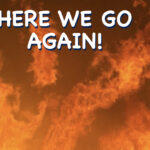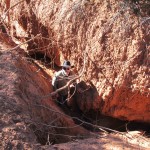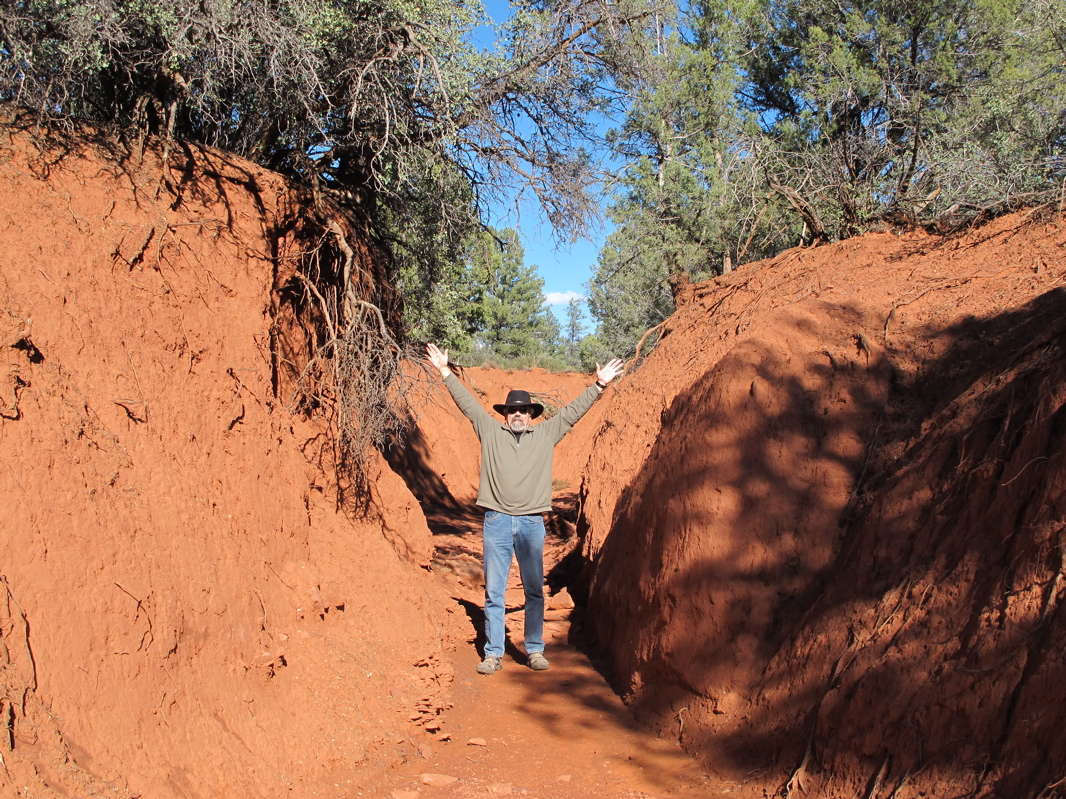
Why do we need a new environmentalism?
Because the old one doesn’t work.
Says who?
Says Nature.
OK, how does Nature tell us environmentalism, old, new, or otherwise, doesn’t work?
She tells us in terms of results, because Nature doesn’t communicate with words. She communicates by means of results — the language that enables Nature to give us the most important message she can give us…
”That works.”
or,
”That doesn’t work.”
That s how we can check what Nature has to say about what we’re doing, by checking the results.
Are they good or bad?
Are they what we expected or not?
Are they what we’ve been promised or not?
Do they make things better or worse?
That’s the purpose of the comparative photos shown in this post. They communicate Nature’s verdict regarding which of the the various techniques by means of which we interact with (actually, play a role in) our natural environment work and which ones don’t work. They communicate Nature’s verdict by showing the results created by those techniques.
Consider the first comparison. These two very different photos present Nature’s works/doesn’t work verdict regarding two very different ways in which humans use or relate to the land. One of those “ways” involves using the land to produce food in the form of animals. The specific form of that use whose results are pictured here is cattle grazing or ranching. This could be characterized as a “new” use of the land — one that has happened only since western European peoples have come to the North America; however, it should be noted that for thousands of years before ranching came to the Western Hemisphere Native Americans herded and hunted animals such as deer, elk, pronghorn antelope, bighorn sheep, and others in this same landscape, using some of the same techniques as modern ranchers.
The other manner of relating to the land included in this comparison is the technique of environmental protection . It is one the way we relate to Nature that we consider to be the most beneficial, sustainable, restorative, and, well… natural, so we don’t even really consider it to be a “use.” Some of us even refer to it as “non-use.”
Both of the above photos were shot on a piece of arid rangeland in central, Arizona. One is a photo of a U. S.D. A. Forest Service study plot that has been protected from all human use (predominantly grazing by cattle) for 66 years.
The other photo shows an area directly adjacent to that study plot which has continued to be grazed for that same 66 years plus as much as a hundred years prior.
Which is which?
The photo on the left illustrates the results of 66 years of protection on this location under these circumstances.
The photo on the right illustrates the results of humans using this same piece of land for at least the same amount of time for an activity that is widely considered to be environmentally destructive — livestock grazing.
What is nature trying to tell us here?
Let’s look at a few more comparisons.
 |
 |
The photo on the left shows a piece of rangeland near Sedona in 1957. It is being grazed as it has been for, probably, more than a hundred years (See the cows?). Soon after this photo was taken cattle were removed and the land became protected (in the 1960s). The photo on the right shows the very same piece of land in 2013 after more than 50 years of protection. Notice you can’t see Courthouse Butte on the right side of the “after” photo on the right. That’s because 3 feet of soil have been removed by erosion that has happened since the land has been protected. This lowered the photo point, shifting the angle of the perspective, and, combined with the fact that the trees have grown, caused the butte to be obscured in the latter photo.
What’s Nature trying to tell us here?
Here’s another message from Nature.
  |
U. S. Forest Service monitoring site on the left — grazed for more than a hundred years. (Grass is short — recently grazed, very little bare dirt, no erosion.) On the right, same place in 2013 after roughly 25 years of protection. (Cattle were removed around 1990.)
Nature’s verdict?
If Nature keeps telling us this, when are we going to listen?
The photo on the left, looking toward Bell Rock, was taken in 1921. Again, at this point, the land has been grazed for more than a hundred years. And again, the grass is short has been recently grazed and is short. There is very little bare dirt and no erosion. (You can click on the photo for a closer look. — I’m just learning how to make these photos close-up able, so some of them work better than others.)
And then look at the photo on the right. This photo was taken in 2012 in the same area as the location of the photo on the right. There’s Bell Rock again. This photo shows the results that have been achieved by a mere 22 years of protection. Nature’s verdict?
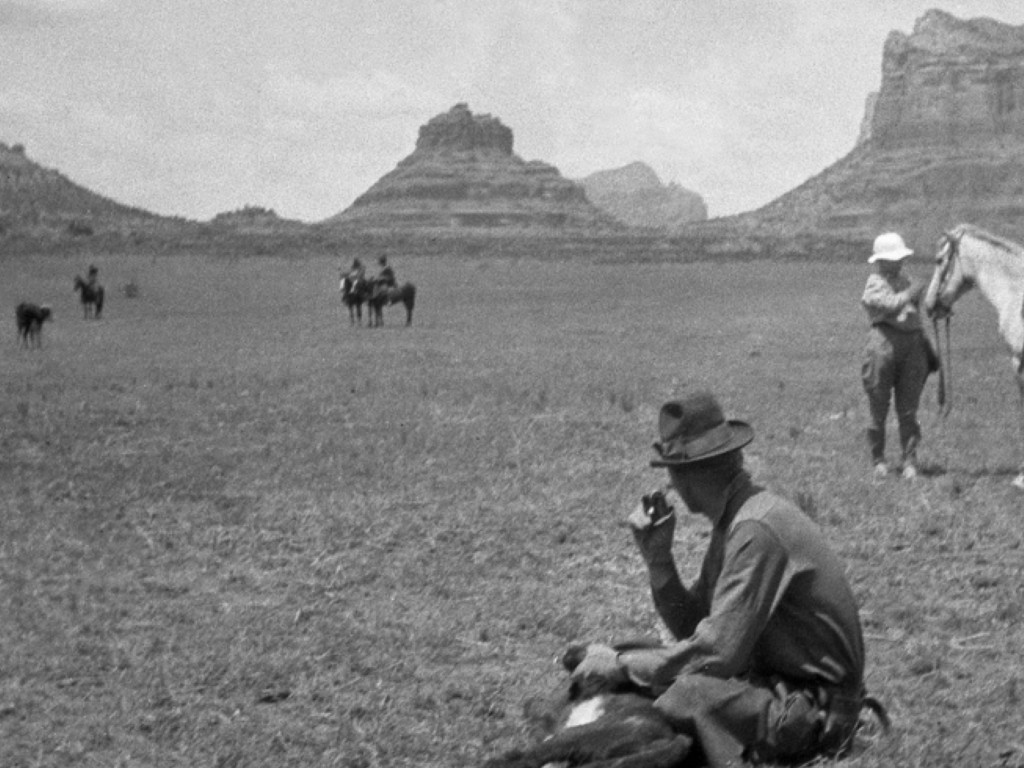 |
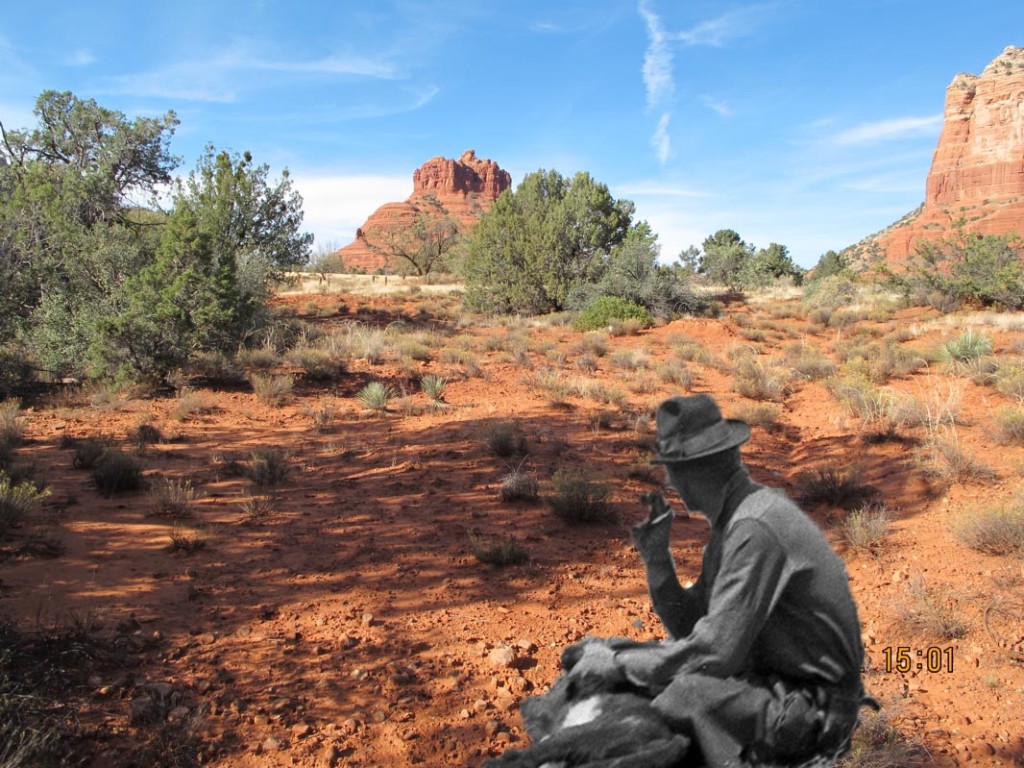 |
Come back again soon, the next post will deal with a new basis for environmentalism — one that works.




